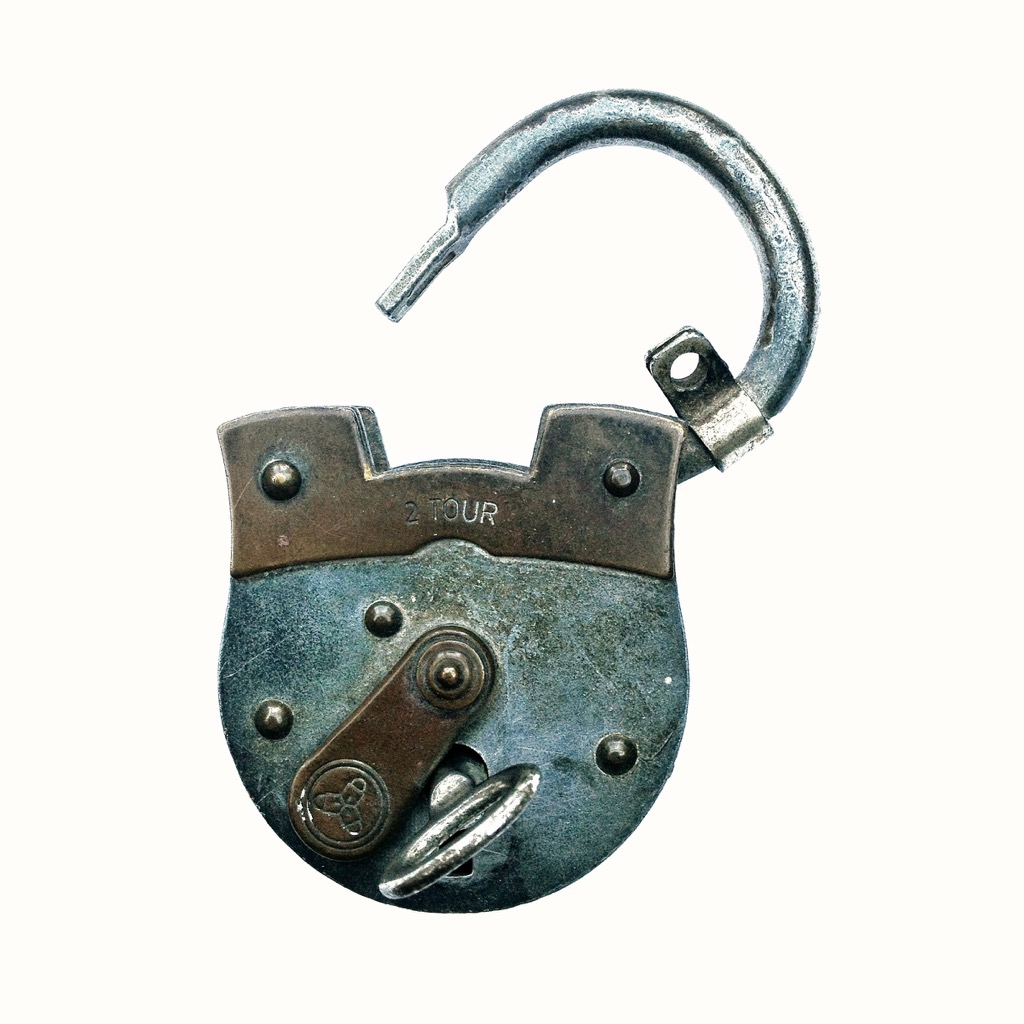We do our best to anonymize submissions, but there’s always a chance that some dangerously identifying detail slips through. Every once in a while, a submitter contacts us to ask for a modification. More rarely, a submitter’s employer contacts us.
Our rule is to make edits more or less as requested, then move on without comment. There’s nothing about an article so sacrosanct that it’s worth going to war over.
However, we recently got a request that was itself too much of a WTF to pass up.

An old Errord—practically antique—contained a picture of a freaked-out Windows login screen, submitted by someone we’ll call Johnny. The post contained Johnny's name, username, and an Active Directory Domain. It did not identify the company Johnny worked for. But the company—we’ll call them “Lagomorphic Cogitations”—recently performed a security audit and sent us a message:
To: [email protected]
From: [email protected]
Subject: Request for Article Picture Removal (Information Disclosure)
I am reaching out to you about an article posted in 20XX, specifically, the last two screenshots by Johnny in http://thedailywtf.com/articles/someolderrordiwontname.
Gathering an employee’s first name and last name, coupled with the corporate email convention of [First Name].[Last Name]@LagomorphicCogitations.com may allow attackers to gather a list of possible targets for phishing attacks. If the article can be edited to remove the last section from Johnny it would be greatly appreciated as we are looking to limit our exposure of cooperate information. Thank you!
-Hunter Jacobs
We did some basic due diligence, confirming the email looked authentic and that someone with this name worked on Lagomorphic Cogitations' security team. I also happen to know Johnny, and confirmed with him that he'd left that job over five years ago, and yes, that particular submission came in during his tenure there. We removed the offending image. Frankly, we didn’t do much else. It’s a minor edit to an old Errord, and we’re not that concerned.
There’s a fair bit to unpack here, though. After all, our article made no mention of Lagmorphic Cogitations. To find it, they must have been searching employee names—not just current employees, but also ex-employees. (A quick check on LinkedIn shows me 45,000 people who work or have worked for Lagomorphic Cogitations.)
After that incredible slog, someone then had to click on the article, look at the image, recognize the Lagomorphic Cogitations domain, then contact us directly to request a removal. Even with modern technology, there’s only a small degree of automation that could've been involved in this process.
If nothing else, this gives us a sense of how much effort Lagomorphic Cogitations puts into these audits. Unfortunately, their attempt to prevent information disclosure has led to, well, more of it, hasn’t it? Before we received their email, we didn’t know Johnny had ever worked for them. We didn’t know that screenshot was their logon. Heck, we didn’t know their email address pattern, even if [First Name].[Last Name]@LagomorphicCogitations.com is pretty easy to guess.
Now we know all of those things.
Based on my own personal experience in these kinds of environments, I have a hunch about what happened. Lagomorphic Cogitations almost certainly didn’t perform this audit themselves; this was an outside contractor thing. They handed the contractor a check, and a few months later, the contractor came back with a spreadsheet listing “potential security risks.” The security company looks better the more they find, and they’re also not being paid to do more than provide a high-level triage, so this spreadsheet contains anything and everything they could possibly dig up.
From there, the executive who commissioned that study handed the spreadsheet to a pool of middle managers and said, “Deal with these.” The spreadsheet filtered down the hierarchy until it landed on the desk of poor Hunter, who just followed the policy he was given: Tell them to take it down because it’s an information disclosure. If they don’t, escalate.
After we took down the image, Hunter changed the background of the row in his spreadsheet to green. Then he moved on to asking a Facebook group to remove a picture of a cute bunny, because it happens to be owned by an old employee and its name might be part of their password.
At the end of the quarter, Hunter’s boss will brag to the executive board about how his team has resolved 3,421 security issues identified by the audit. The board will nod sagely and pat themselves on the back for writing that check.

